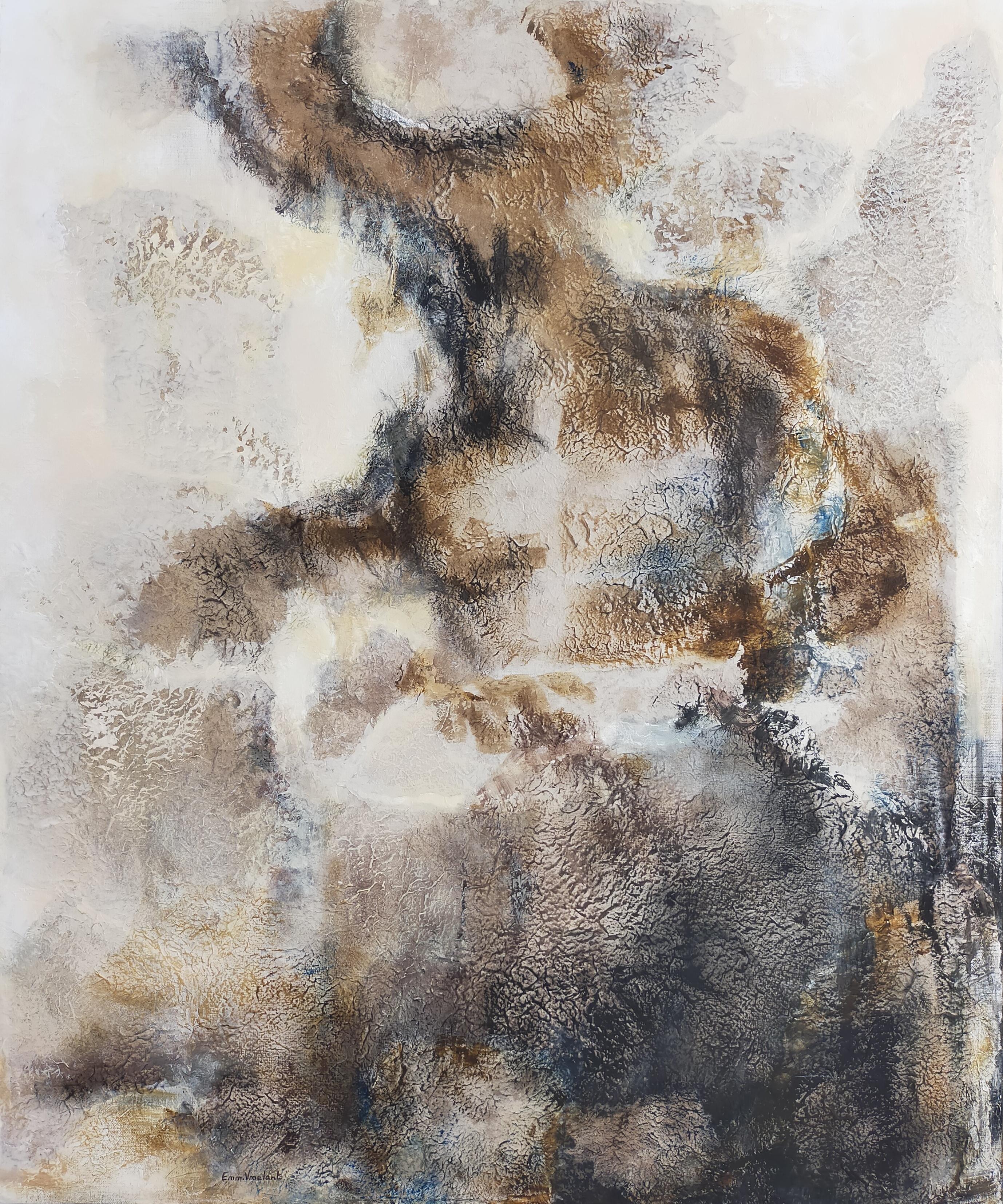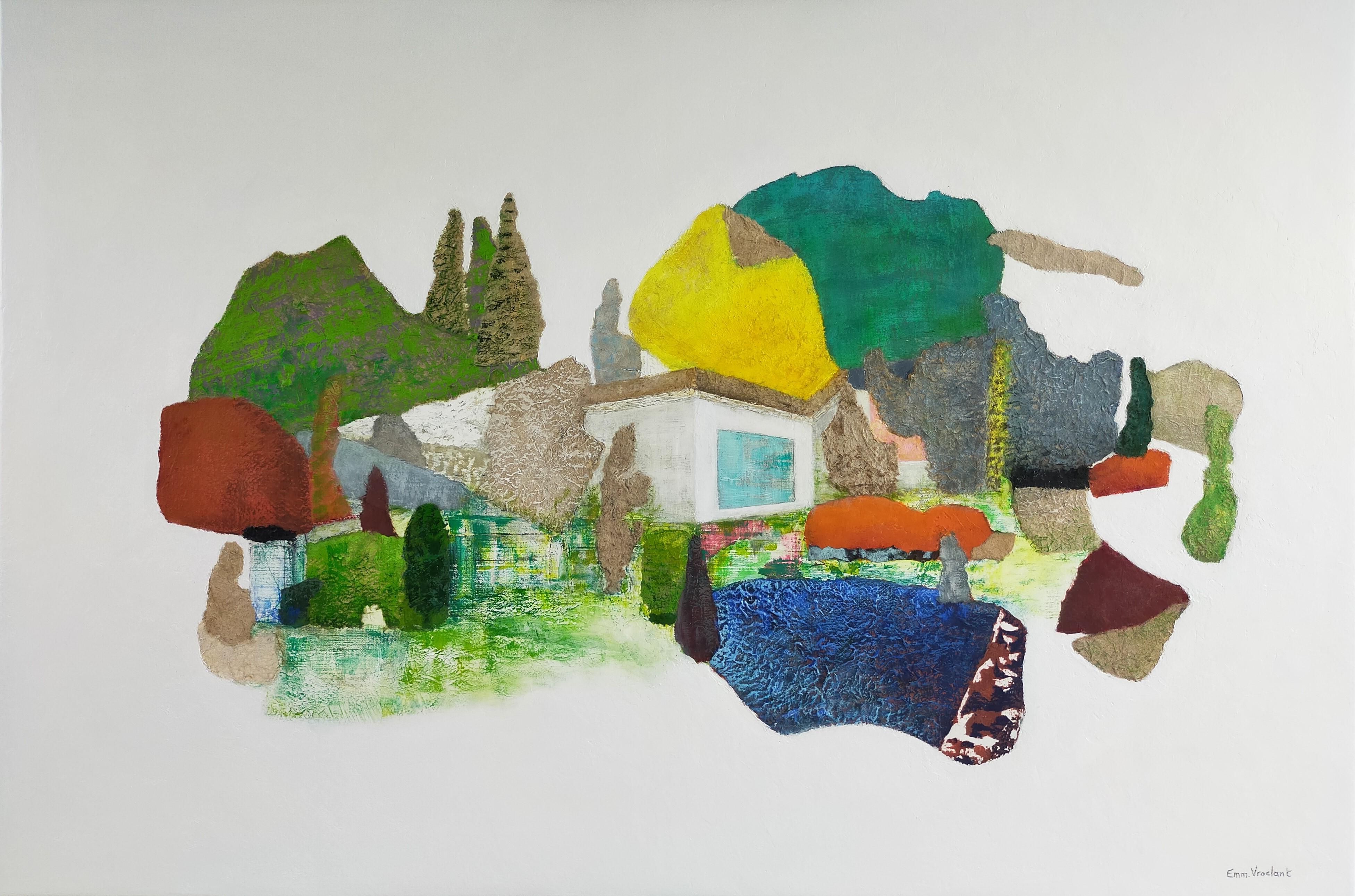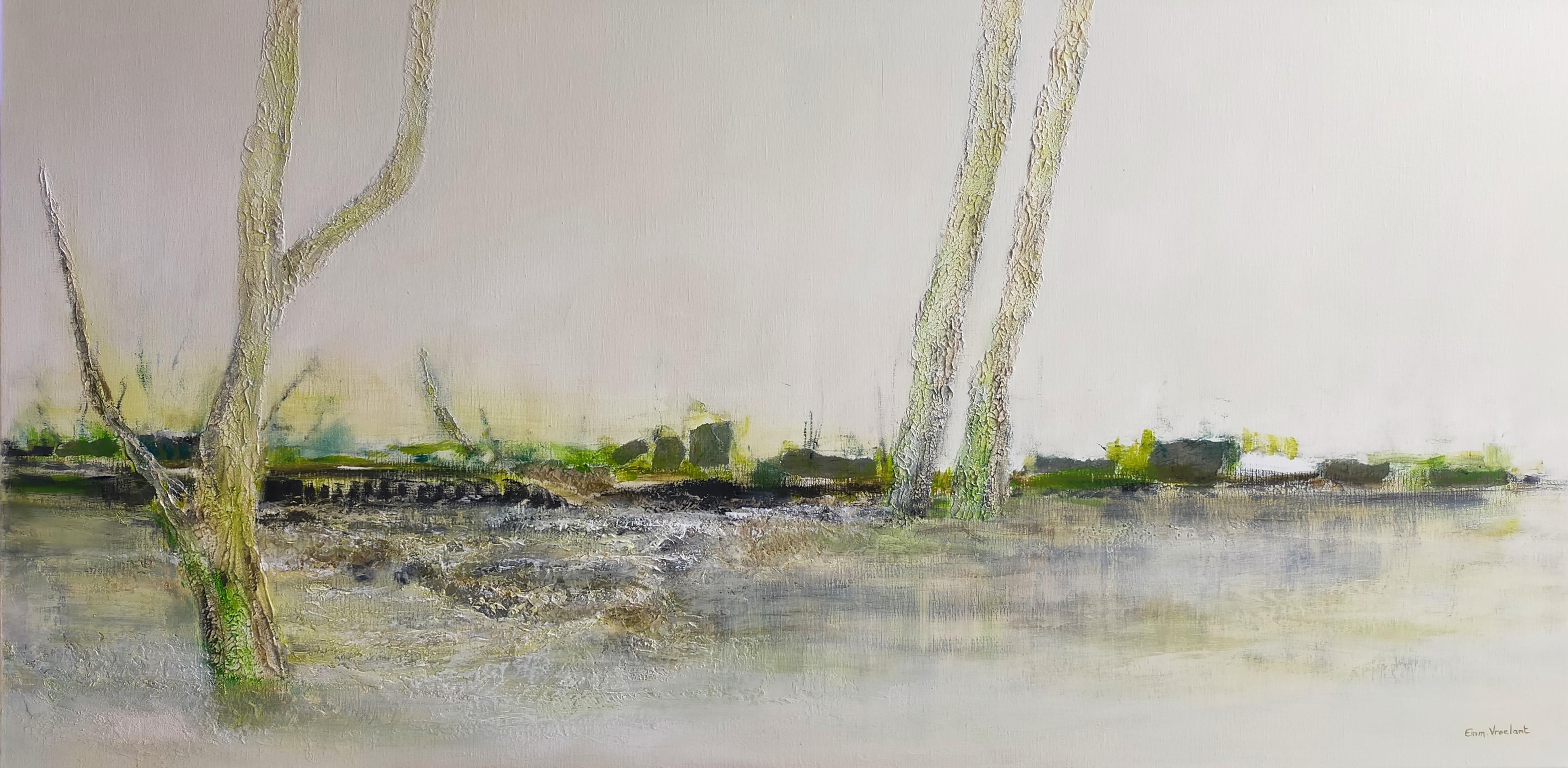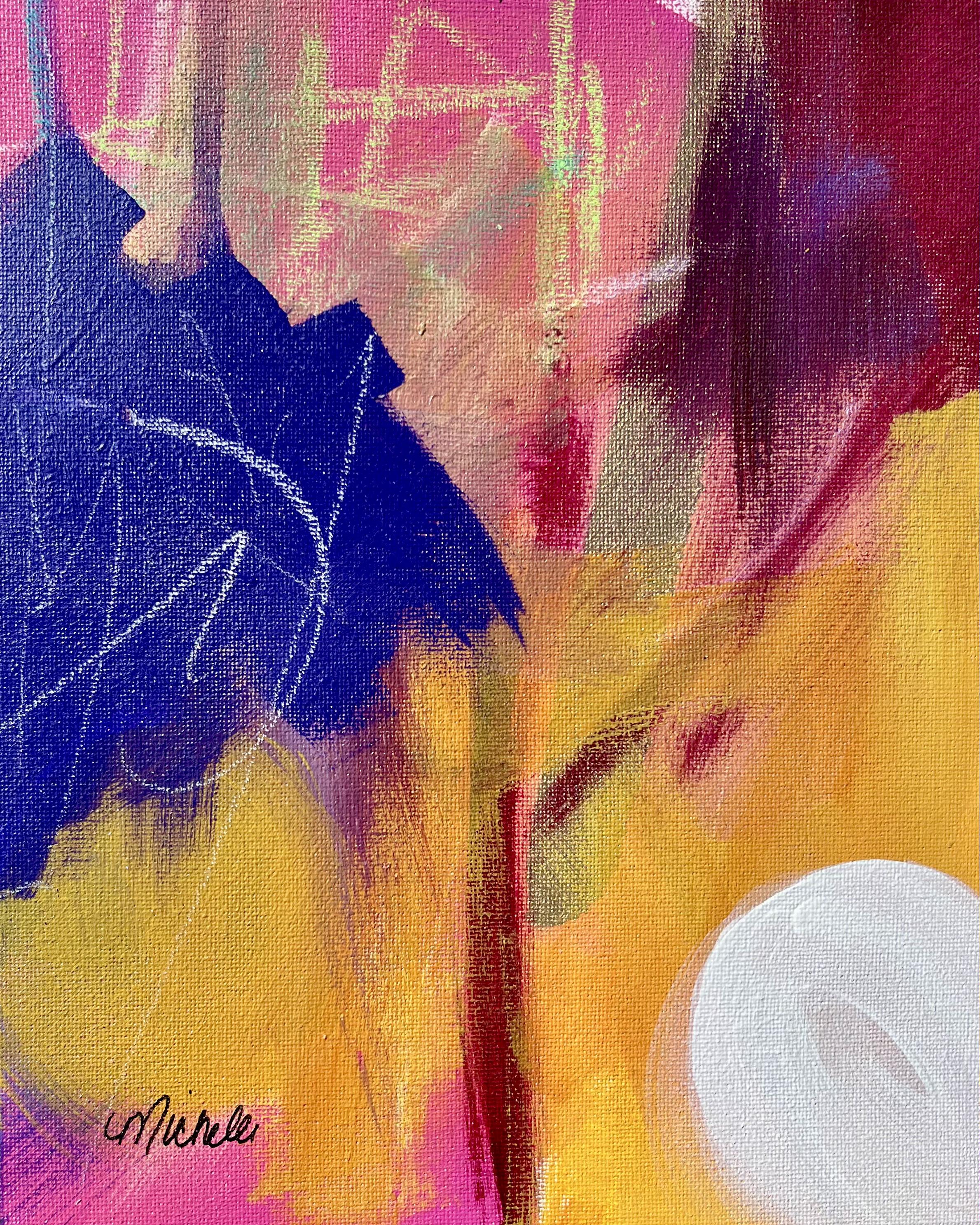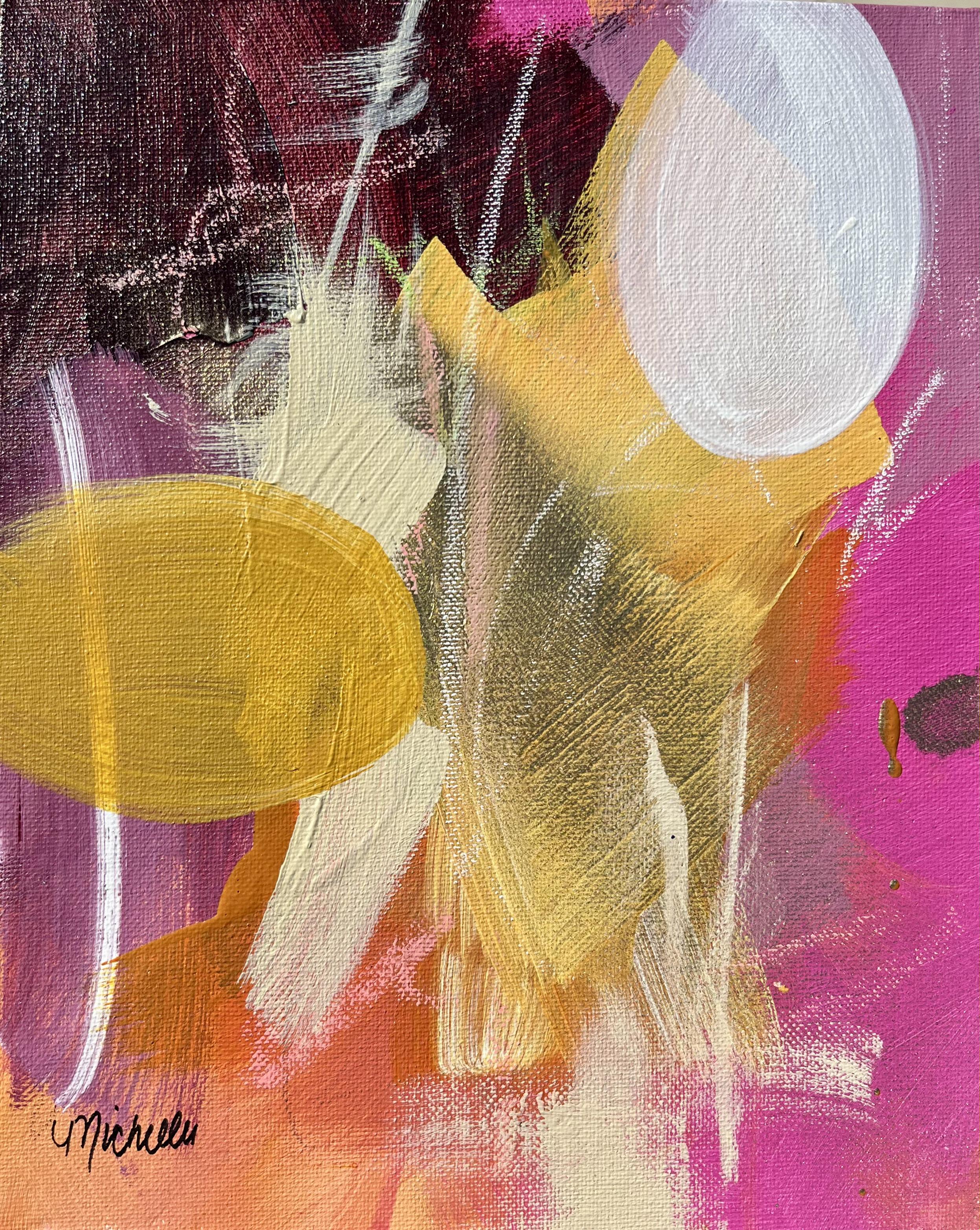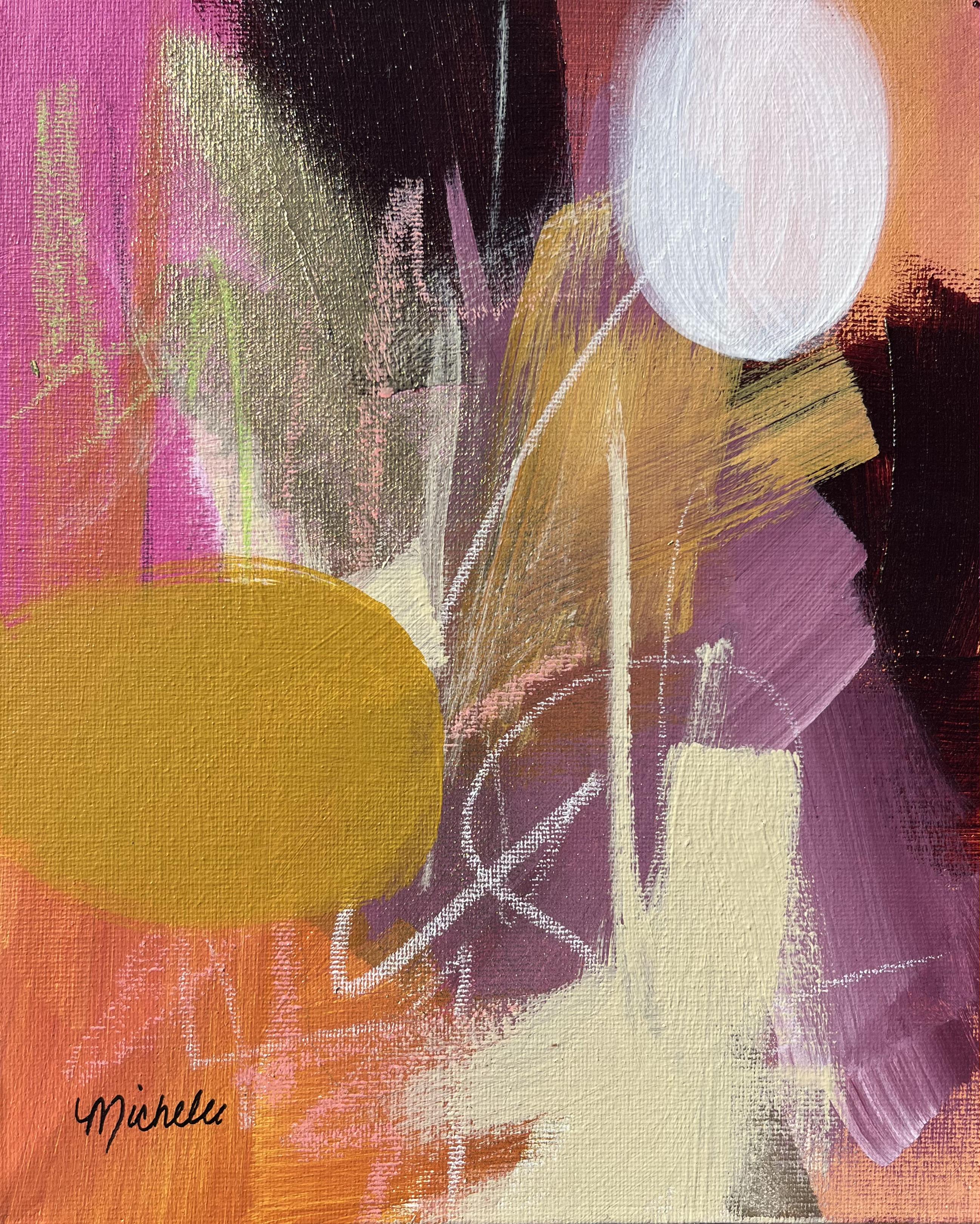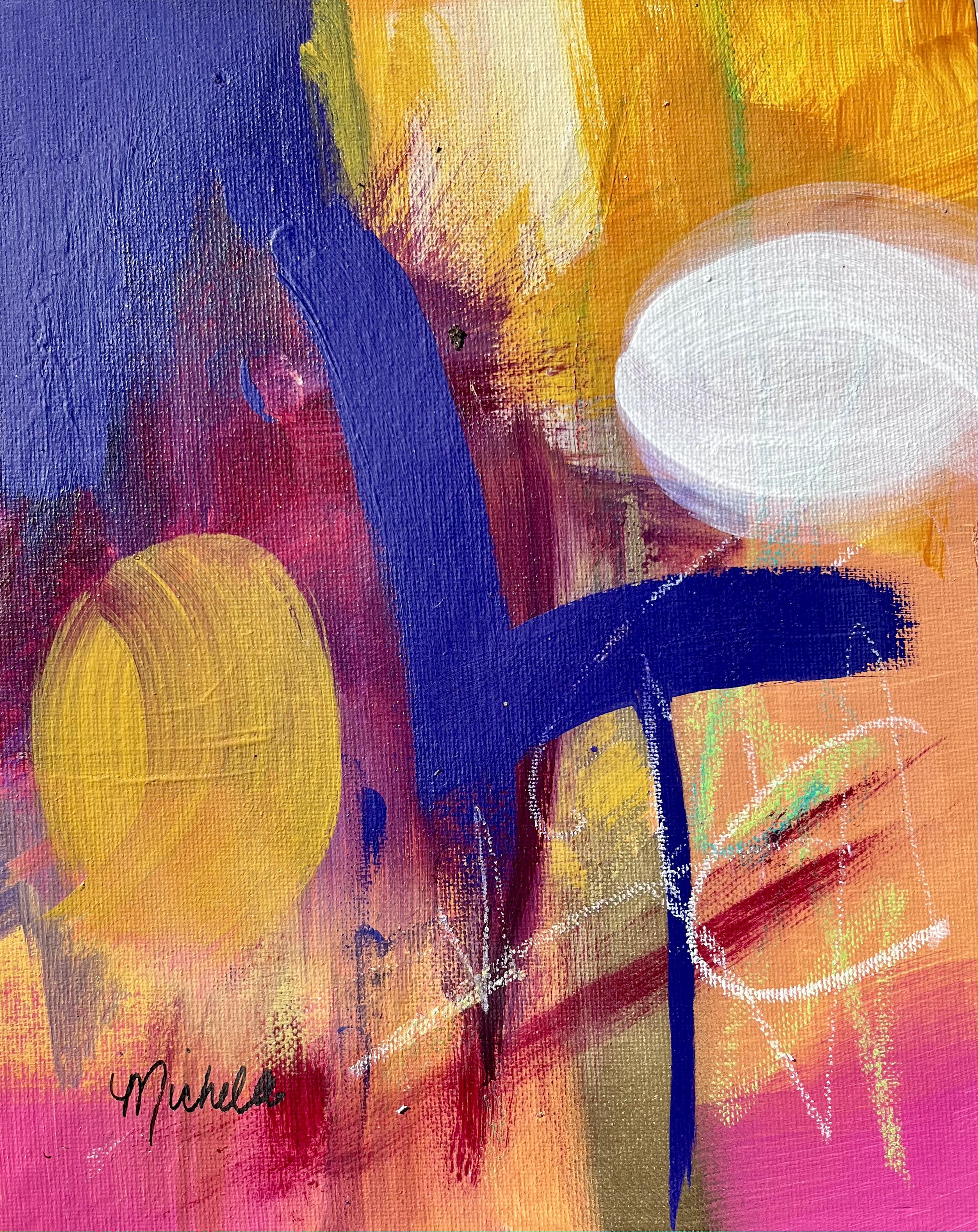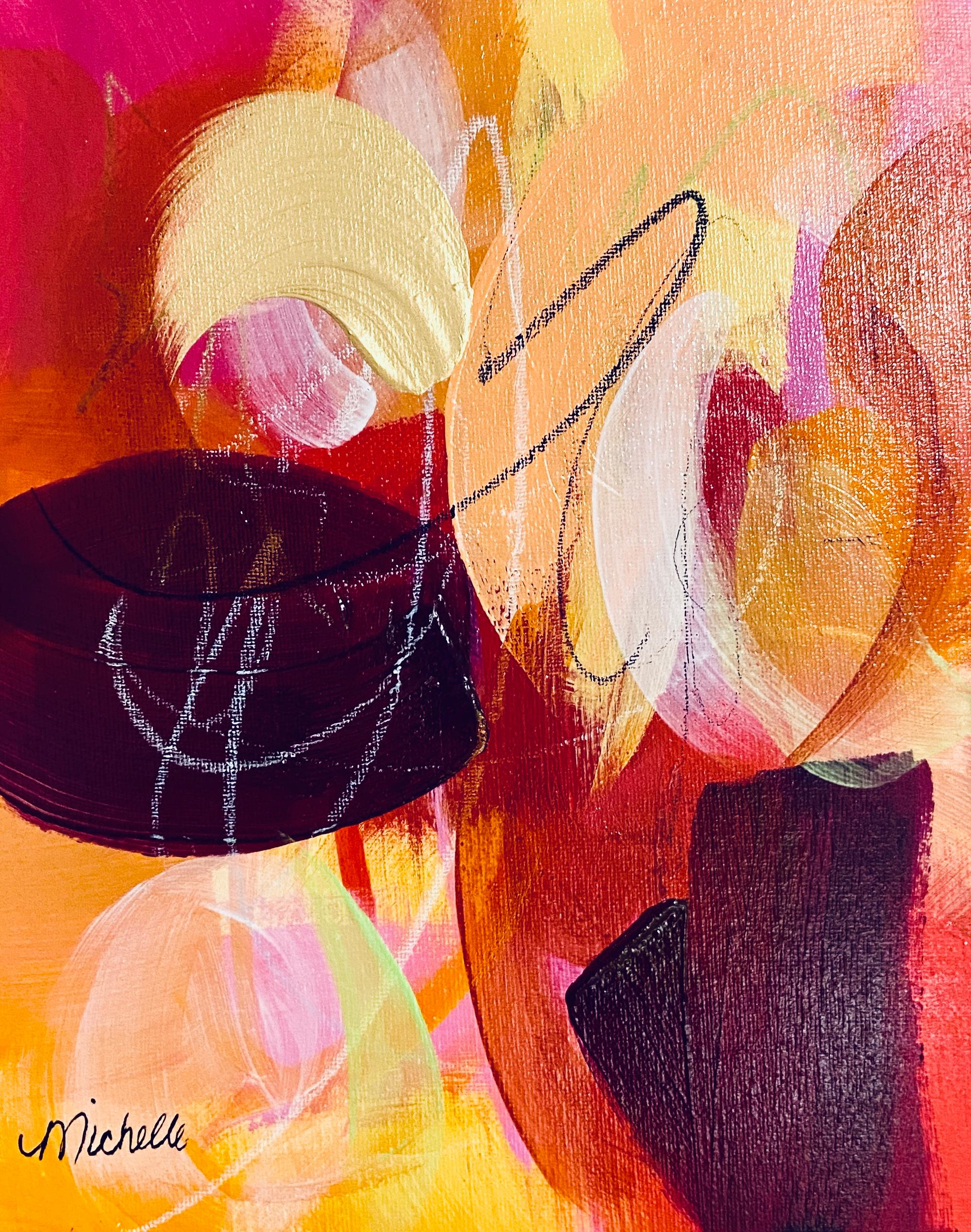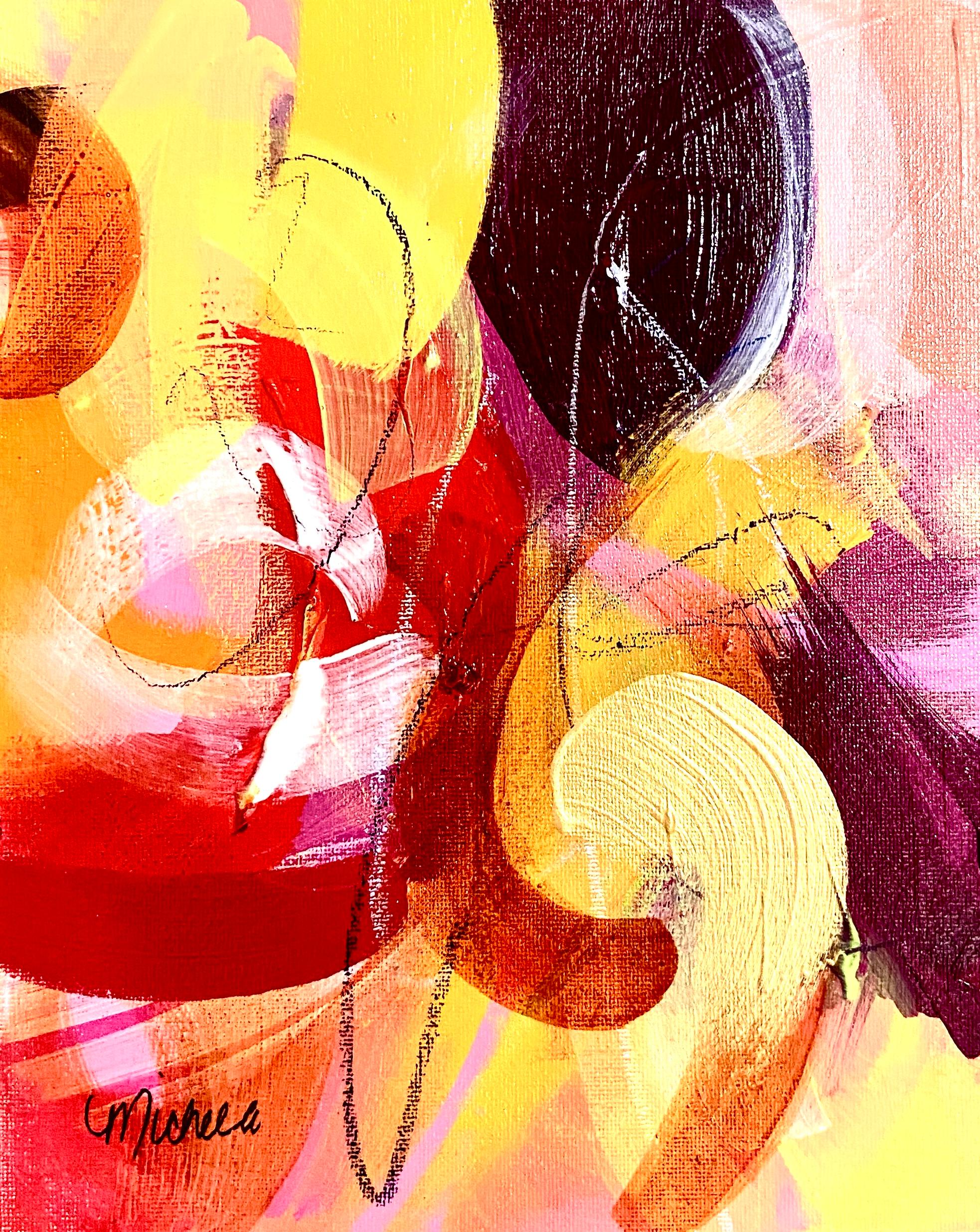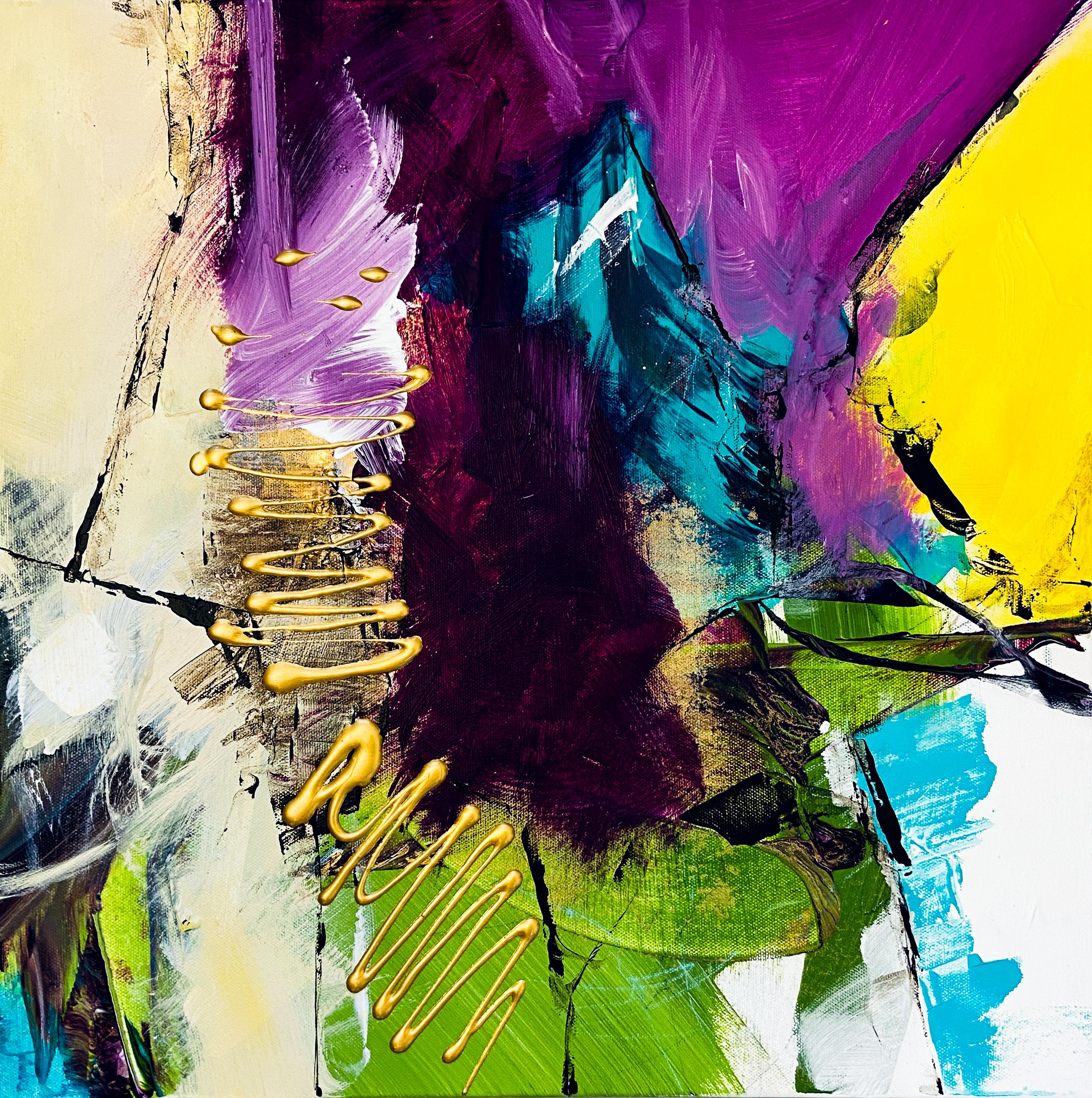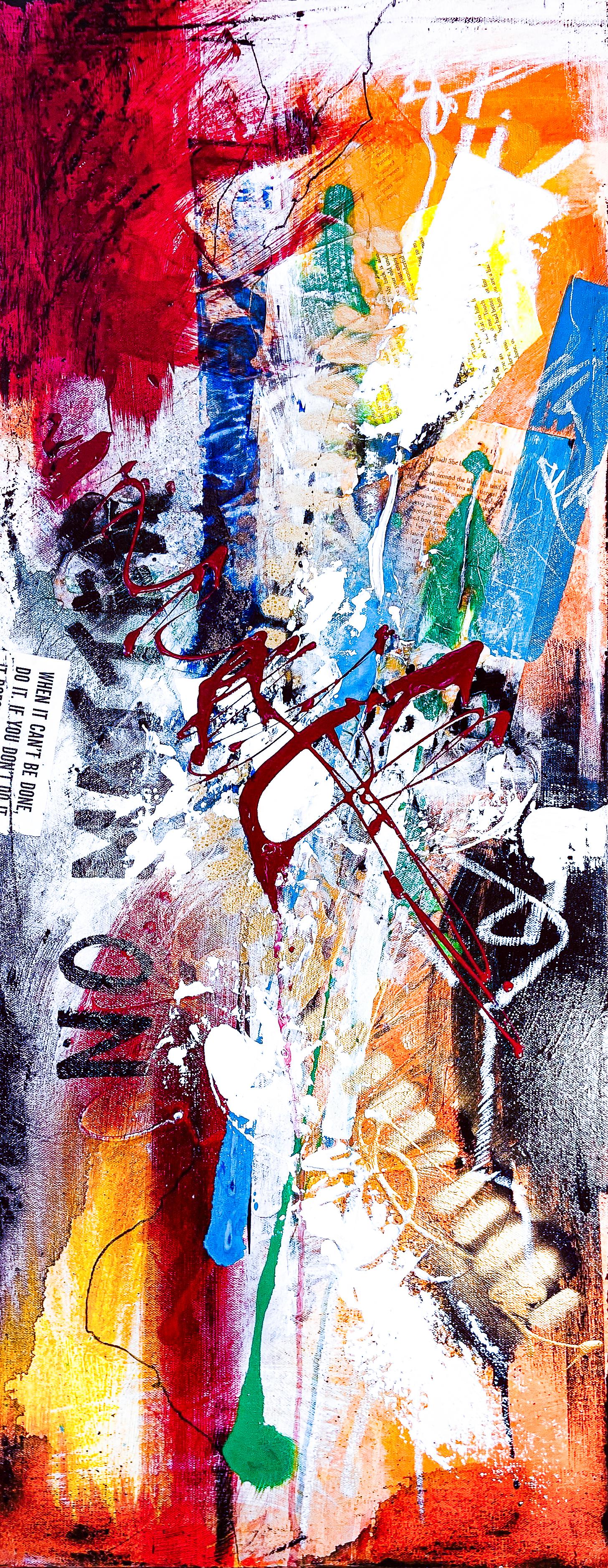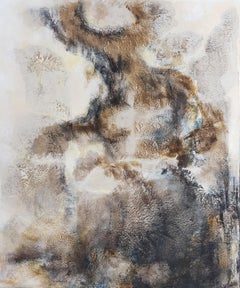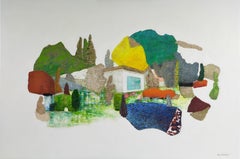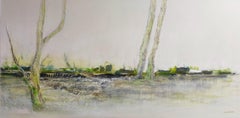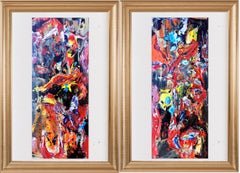
Gender Transmorphing (diptych)
1 of 16
Estelle AsmodelleGender Transmorphing (diptych)1980
1980
$10,480List Price
About the Item
- Creator:Estelle Asmodelle (1954, Australian)
- Creation Year:1980
- Dimensions:Height: 60 in (152.4 cm)Width: 48 in (121.92 cm)Depth: 5 in (12.7 cm)
- Medium:
- Movement & Style:
- Period:
- Condition:
- Gallery Location:NIAGARA PARK, AU
- Reference Number:1stDibs: LU1993211157482
Estelle Asmodelle is a famous multi-awarding winning Australian artist who was train from the age of 5 by her mother, who was also an artist. While attending Wollongong University, Estelle started painting abstract pieces in the style of abstract expressionism. Estelle has exhibited in many galleries worldwide, from the Tokyo Metropolitan Art Museum, Los Angeles Center for Digital Art, to local Galleries in Sydney, Brisbane and Melbourne. Her works are in corporate and private collections in over seven countries. Estelle is considered one of the best selling painters in Australia by many Australian art portals.
Authenticity Guarantee
In the unlikely event there’s an issue with an item’s authenticity, contact us within 1 year for a full refund. DetailsMoney-Back Guarantee
If your item is not as described, is damaged in transit, or does not arrive, contact us within 7 days for a full refund. Details24-Hour Cancellation
You have a 24-hour grace period in which to reconsider your purchase, with no questions asked.Vetted Professional Sellers
Our world-class sellers must adhere to strict standards for service and quality, maintaining the integrity of our listings.Price-Match Guarantee
If you find that a seller listed the same item for a lower price elsewhere, we’ll match it.Trusted Global Delivery
Our best-in-class carrier network provides specialized shipping options worldwide, including custom delivery.You May Also Like
"The call of the Minotaure" abstract acrylic on linen canvas 120x100cm 2018
By Emmanuelle Vroelant
Located in Saint Pol de Léon, Bretagne
"The call of the Minotaure" abstract acrylic marble powder mortier on linen canvas deliver in a wooden crate at cost
Emmanuelle Vroelant wanted to express the force at stake which ca...
Category
2010s Abstract Expressionist Abstract Paintings
Materials
Canvas, Acrylic, Parchment Paper, Glue
GOOD-BYE
By Emmanuelle Vroelant
Located in Saint Pol de Léon, Bretagne
Thank you Almodovar, the work of this filmmaker has always touched me, and his last film "La chambre d'à côté" suggested to me the idea of being able to choose the moment of his deat...
Category
2010s Abstract Expressionist Abstract Paintings
Materials
Glue, Acrylic, Other Medium
"High water"
By Emmanuelle Vroelant
Located in Saint Pol de Léon, Bretagne
After a walk on a winter day without any particular light,
I was seized by the rise of greens through lichens, moss, of what was horizontal, while the trees were
still without leav...
Category
2010s Abstract Expressionist Abstract Paintings
Materials
Glue, Acrylic, Other Medium
Beyond Words and Numbers
By Juan Jose Garay
Located in LAS ROZAS DE MADRID, ES
Beyond Words and Numbers
The painting features a dynamic, textured background composed of letters and numbers in various sizes and typographic styles. These characters are scattered...
Category
21st Century and Contemporary Abstract Expressionist Interior Paintings
Materials
Acrylic, Canvas, Resin, Epoxy Glue, Cotton Canvas
"Light Between Us" - Original Art, Bold, Warm Pink, Blue-Violet, Yellow, Orange
By Michelle Thomas Artist
Located in Woodstock, GA
About "Light Between Us":
Immerse yourself in the heartfelt beauty of "Light Between Us", a painting that beautifully captures the essence of love. The painting radiates warmth and ...
Category
21st Century and Contemporary Abstract Expressionist Abstract Paintings
Materials
Canvas, Varnish, Acrylic
"Echoes Of Home" - Original Art, Abstract, Bold, Warm Pink, Yellow, Orange
By Michelle Thomas Artist
Located in Woodstock, GA
About "Echoes of Home":
Feel the Warmth of "Echoes of Home"
Bring the comfort of belonging to your space with "Echoes of Home", a deeply evocative painting alive with the warm tone...
Category
21st Century and Contemporary Abstract Expressionist Abstract Paintings
Materials
Canvas, Varnish, Acrylic
